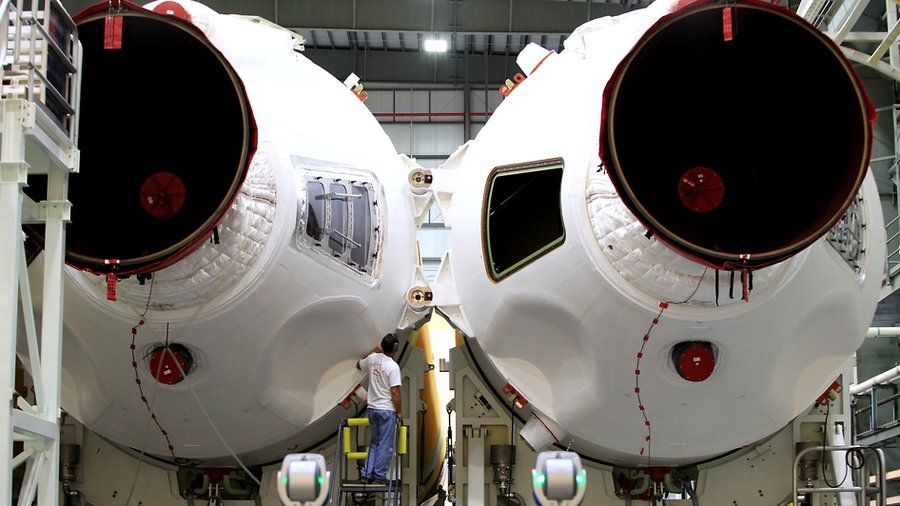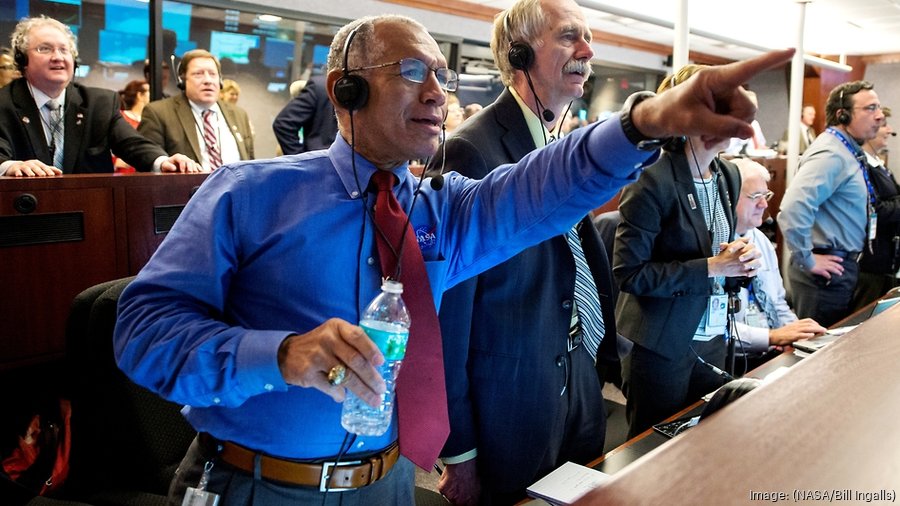NASA has paid Lockheed Martin Space millions in fees for its development of the Orion space capsule that the company may not have deserved despite delays and project cost increases, a space agency watchdog asserts.
A new report from NASA’s Office of Inspector General looked at what NASA has paid Jefferson County-based Lockheed Martin Space for designing and building the Orion spacecraft, concluding the space agency’s contracting on the project isn’t completely transparent and NASA was too willing to pay Lockheed even though Orion’s development is three years behind schedule.
“The agency’s decision to award Lockheed 95% of the available award fees and deeming its work consistently 'Excellent' appears overly generous given the program’s longstanding cost and schedule growth,” the OIG’s report concluded.
It specifically questioned $27.8 million in fee payments NASA awarded the company over nine years. The Orion contracts have heavily relied on fees as incentives to hit project milestones, and the fee awards NASA’s OIG highlights are from a total of $543.6 million in fees that Lockheed won for Orion work over that time, the report said.
The Orion capsule is the first spacecraft designed to fly beyond earth's orbit into deep space, carrying as many as four astronauts and an attached service module on months-long missions.
Lockheed Martin Space, a 21,000-employee division of Bethesda, Maryland-based Lockheed Martin Corp. (NYSE: LMT), first won the contract to design and build Orion capsules in 2006.







At the United Launch Alliance Horizontal Integration Facility (HIF), at Cape Canaveral Air Force Station, Florida, the three primary core elements of the ULA Delta IV Heavy rocket recently were integrated, forming the first stage of the launch vehicle that will send Orion far from Earth to allow NASA to evaluate the spacecraft’s performance in space. The three common booster cores are 134 feet in length and 17 feet in diameter. Each has an RS-68 engine that uses liquid hydrogen and liquid oxygen propellant producing 656,000 pounds of thrust. All totaled, the three Delta IV boosters collectively generate 1.96 million pounds of thrust. The upcoming flight test will use the Delta IV Heavy to launch the Orion and send it 3,600 miles in altitude beyond the Earth's surface.
Through January of this year, NASA has spent $16.7 billion on the Orion spacecraft’s development, averaging about $1.1 billion annually, or 6% of NASA's overall budget.
Lockheed Martin Space officials didn’t publicly respond to specifics of the OIG’s report. It and issued a statement saying the company is excited by the scientific discoveries the Orion capsule and NASA’s Artemis program will make.
“We’re committed to our contributions to the Orion program with NASA and are continually working to reduce cost and schedule on this first-of-a-kind spacecraft,” the company said. “Orion is a spacecraft like no other in history and will carry astronauts to the Moon as a cornerstone of the Artemis program, and on to Mars for many decades to come.”
NASA has separately contracted to build the Space Launch System rocket to launch Orion, a launch vehicle design based on modified space shuttle-era, liquid-fueled boosters.
SLS development has fallen well behind schedule, pushing the next Orion capsule test flight — a three-week mission to lunar orbit without crew, called Artemis I — to the second half of 2021. That’s more than two-and-a-half years later than was expected when Orion completed its sole uncrewed test flight in 2014.
The SLS delays have overshadowed some Orion’s own delays and setbacks — chiefly difficulty with software, problems with in-vehicle displays and a hatch design — that Lockheed worked through with Orion between 2015 and 2019, the OIG concluded.
Those issues and delays added about $900 million in costs to the capsule’s overall development, the report said.
The NASA inspectors projected that another $12.8 billion will be spent on Orion and its Artemis program missions through 2030.
NASA finalized two contracts with Lockheed Martin Space in September covering Orion capsule production through 2030 and valued at $4.6 billion.
Lockheed Martin Space highlights that the per-capsule cost averages $3 billion for the first three production-phase Orion capsules, then falls to an average of $2.7 billion for the next three capsules Lockheed would build under an optional contract that’s ready but not yet activated by NASA.
The company has completed building the first Orion capsule for the Artemis I mission and is expected to hand that capsule over to NASA this year for launch preparations.
The next Artemis capsule, the first to carry astronauts, is midway through assembly, with the gumdrop-shaped pressure vessel manufactured and propulsion systems being installed.
Lockheed has begun assembly on the Artemis III mission capsule, the one slated to fly the next male and first female NASA astronauts to land on the moon’s surface in 2024.
Total Denver-area employees as of Jan. 1, 2019
| Rank | Prior Rank | Business name |
|---|---|---|
1 | 1 | Lockheed Martin Space Systems Co. |
2 | 2 | Ball Corp. |
3 | 3 | Raytheon Co. |





